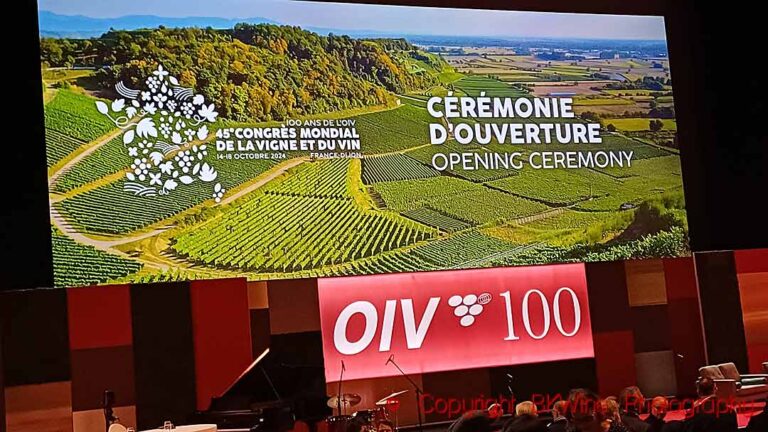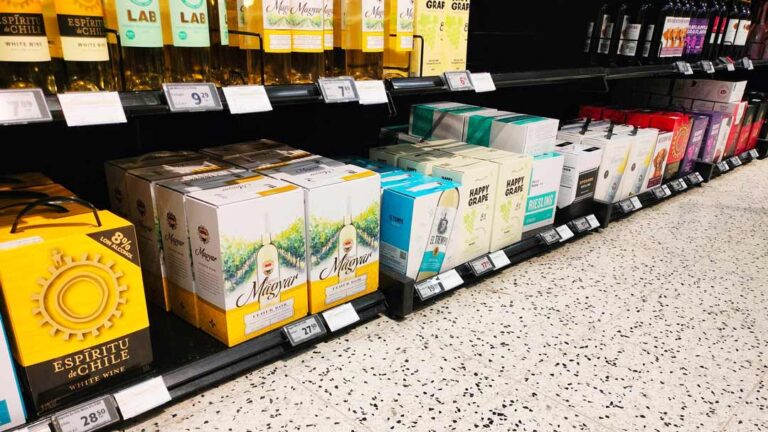As of June 5, Finland, which has an alcohol state monopoly, allows the sale of wine up to 8% alcohol in grocery stores (previously 5.5% was the limit). A certain loosening up of the monopoly, but whether this is a step toward abolishing it is difficult to say. Probably not.
“No queues, no crowds”, wrote Hufvudstadsbladet, a Helsinki daily, on the first day of this new regime, which is understandable. What kind of wines do you get with 8 % of alcohol? You will get a German Kabinett, and although it can be of good quality, at that alcohol level it will be sweet. Or you can get a partly de-alcoholised wine, which will probably be drier but not totally dry.
Some of the wines now filling the Finnish grocery stores are from the large Anora Group (formerly Altia), which has developed an extensive portfolio of low-alcohol wines. We spoke with Inka Vettenranta, head of communications at Anora, and she says that they have wines with different taste profiles, from sweeter to drier. However, she adds, “that in the majority of 8% wines there is slightly higher level of sugar compared to the same product with a higher alcohol content.”
The majority of the wines in Finnish grocery stores are probably de-alcoholised wines, i.e. made with advanced technology, and with a lot of residual sweetness.
Some analysts worry that this development will push Finnish wine consumption even more towards industrially mass-produced wines and away from quality wines from smaller producers.
Anyhow, we will follow the development in Finland with interest hoping that it may be a first step not only towards de-alcoholisation but also to de-monopolisation.











